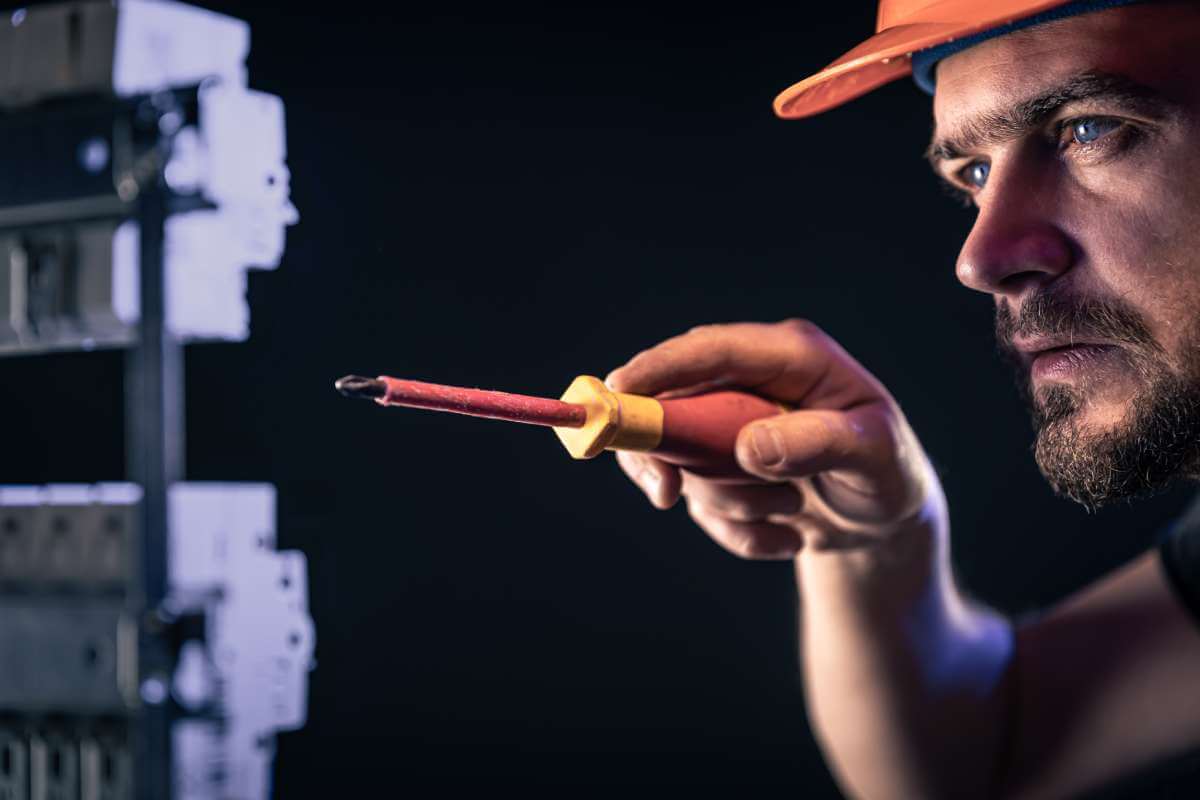Keeping Your WISP Gear Safe: A Grounding Guide for Tower Pros
- by ISPadmin
- 2024 / 05 / 28
- Regulatory


Hey there, fellow WISP warriors! Lightning and power surges can be a real pain, zapping your precious equipment. But with a solid grounding system, you can create a safe haven for your tower and cabinet assets. This guide will walk you through the grounding basics, turning you into a grounding guru in no time!
Grounding 101: Your Gear's Superhero Cape
Think of grounding as a superhero cape for your equipment. It channels any unwanted electrical jolts (like lightning strikes) safely into the earth, protecting your precious antennas, routers, and other goodies from harm.
Grounding Gear: Your Superhero Toolkit
To become a grounding champion, you’ll need a trusty toolkit:
- Grounding Rods: These copper-clad or galvanized steel rods (think metal sticks) act as your grounding electrode system (GES). Imagine them as lightning attractors, channeling the current away from your equipment. Look for ones at least 8ft long and ⅜” or ½” in diameter.
- Ground Wires: These are your current highways – bare copper wires (minimum #4 AWG thickness) that connect your equipment to the GES. Think of them as the pathway for the unwanted electricity to travel.
- Ground Clamps: These stainless-steel clamps are like super strong handshake makers. They firmly connect grounding wires to grounding rods and equipment grounding points, ensuring a secure connection.
- Grounding Straps: For equipment inside the cabinet, these flexible braided straps act as mini grounding highways, keeping everything connected and safe.
- Grounding Connectors: These are like specialized plugs and bolts, ensuring a safe and secure connection between all the grounding components.
- Grounding Tester: This is your high-tech tool (multimeter or ground resistance tester) to check if your grounding system is working perfectly.
Grounding Up Your WISP Empire: Step-by-Step
Now that you have your grounding toolkit, let’s get started!
1. Building the Grounding Electrode System (GES):
- Tower Grounding: Imagine a grounding ring around your tower’s base. That’s where your grounding rods come in! Install them at least 6ft apart, encircling the tower. The exact number of rods depends on your soil – for best results, consult a grounding pro to get the perfect setup for your specific location.
- Cabinet Grounding: Plant a grounding rod at least 8ft away from your cabinet’s foundation. This will be your cabinet’s personal lightning rod.
2. Connecting the Dots: Ground Wire Installation
- Tower Grounding: Time to connect all your grounding rods! Use #4 AWG bare copper wire to create a continuous loop around the tower base. Think of it as a grounding superhighway. Use approved grounding connectors to make
sure everything is securely fastened. - Cabinet Grounding: Run another #4 AWG bare copper wire from the grounding rod to your cabinet’s designated grounding point, usually a grounding bar or bracket. This connects your cabinet to the grounding superhighway.
3. Grounding Your Equipment: Making Everything Friends
- Tower Equipment: Let’s not leave any equipment hanging! Ground all the metal stuff on your tower, including antennas, mounts, waveguides, and even lightning rods. Use #4 AWG bare copper wire and grounding clamps to make those connections.
- Cabinet Grounding: Inside the cabinet, use grounding straps or #4 AWG bare copper wire to connect all your equipment to the cabinet grounding point. Think of it as an internal grounding network, keeping everything safe and sound.
4. Ground Control to Major Tom: Checking Your Grounding
Use your trusty grounding tester to check if your grounding system is working its magic. You want a low impedance path between all equipment grounding points and the grounding rods. This means the unwanted electricity has a clear and easy route
to escape.
Bonus Tips for Grounding Greatness:
- Keep at least 6 inches of space between your grounding wires and power cables. We don’t want any accidental cross-talk!
- Label all your grounding points. This makes inspections and maintenance a breeze.
- Regularly check your grounding connections for any signs of corrosion or damage. A little TLC goes a long way!
- Make sure all your grounding equipment is UL-listed or meets relevant safety standards. Safety first, always!
Remember: While this guide gives you a solid grounding foundation, consulting a qualified grounding professional for your specific WISP setup is always a wise move. They can ensure your system complies with local building codes and safety regulations, keeping your equipment and peace of mind safe and sound. Now go forth and conquer the wireless world, grounding champion!
Contact us here to learn more about how ISP Revolution can help you deploy with confidence – the first time
RECENT BLOG
MORE INFO
ISP Resolution © 2024 All Rights Reserved
